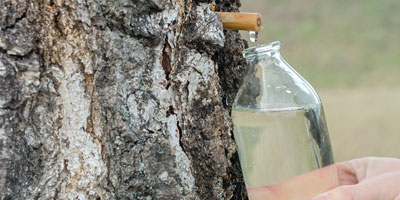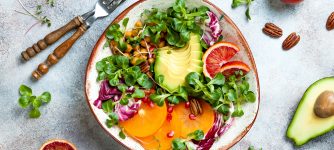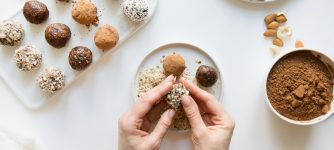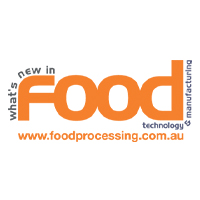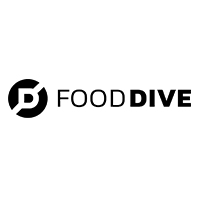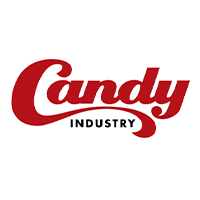Many people mocked the Silicon Valley craze surrounding “raw water.” Adherents claimed that these untreated spring waters retained minerals lost in tap and even bottled water, while others noted that they posed serious risks of illness.
Nonetheless, all of it pointed to the desire for a truly natural beverage that was untouched by filtration or treatment, and retained some of what is lost when our drinks are cleaned up. To address this desire, a new kind of beverage is appearing in stores: tree sap.

The most common tree to tap is the sugar maple, for its delicious syrup – but many trees can be tapped, including walnut, sycamore (pictured), and birch.
These have always been less popular because their sugar content is lower, and therefore require even more hours of boiling to turn into syrup; even maples require about 40 gallons of sap to make one gallon of syrup.
However, if you simply want to drink the sap, all of these trees become much more potentially useful. So far, two companies have entered the market for tree sap: Tretap, which only uses maple, and Sap!, which uses both maple and birch sap, and was featured on the television show Shark Tank.
The companies have similar stories and strategies. They originate in Vermont, one of the states most tied to the tradition of tapping maples, and both realized that they might be wasting a valuable resource when they removed water from the maple sap to create syrup. (Most larger producers no longer boil the sap, but use reverse osmosis to filter much of the water out.) Gene Branon, the founder of Tresap, realized that he might have a product on his hands – a water that was, as Branon says, “the cleanest, purest water in the world, filtered by a tree.”

Tapping for syrup is an ancient technique, and also a very simple one, making the tree sap trend a clear example of the “Positively Processed Trend.”
However, simply selling the product in a can would not satisfy most people. I have tasted pure maple sap, and it is refreshing – very lightly sweet – but is mainly just water, and that hint of sweetness would be removed in the reverse osmosis process. Both Sap! and Tretap lightly sweeten and carbonate the drink, adding subtle flavors, like cucumber and (unsurprisingly) maple. In terms of the existing marketplace, they are closest in character to a drink like LaCroix.
They are, however, quite a bit more expensive, with each can of Tretap costing around $2 in the health food store where I found them.
Why pay so much for a sap which is basically water? A recent book, The Sugarmaker’s Companion, describes tree sap might just catch on: the author describes it as “loaded with minerals, nutrients, enzymes, antioxidants, and more.” (The book also discusses the possibility of partially boiling the product to bring out more of its sweetness.) In terms of benefits, research is still scant, but maple sap at least has been linked to several positive health outcomes.
Tree sap also has the potential to be a safe “raw” water, if collected correctly. Unlike the pathogens that might be living in a stream, the article states that “maple sap is basically sterile inside the tree; it is not until it is exposed to the atmosphere or comes in contact with collection equipment that it picks up various strains of bacteria.” Using careful processes, it is possible to deliver the sap safely without filtration or pasteurization.
The same is true of birch and the other saps. An innovative Finnish company, Nordic Koivu, has started to bottle birch sap without heat treatment or any other intervention.
Tree sap, to offer up the obvious play on words, is an enormous untapped market – but only if certain conditions are met. I don’t know if health conscious consumers will want to drink an expensive beverage created through reverse osmosis, because it seems unclear how many of the minerals and antioxidants actually retained through this process.
A truly untreated sap, though, has enormous potential – especially considering that, in Northern climates, these trees are all around us, ready to give us something clean to drink.
All Innova Market Insights material is copyrighted. The terms of use for this resource are contained in our standard Terms and Conditions.
